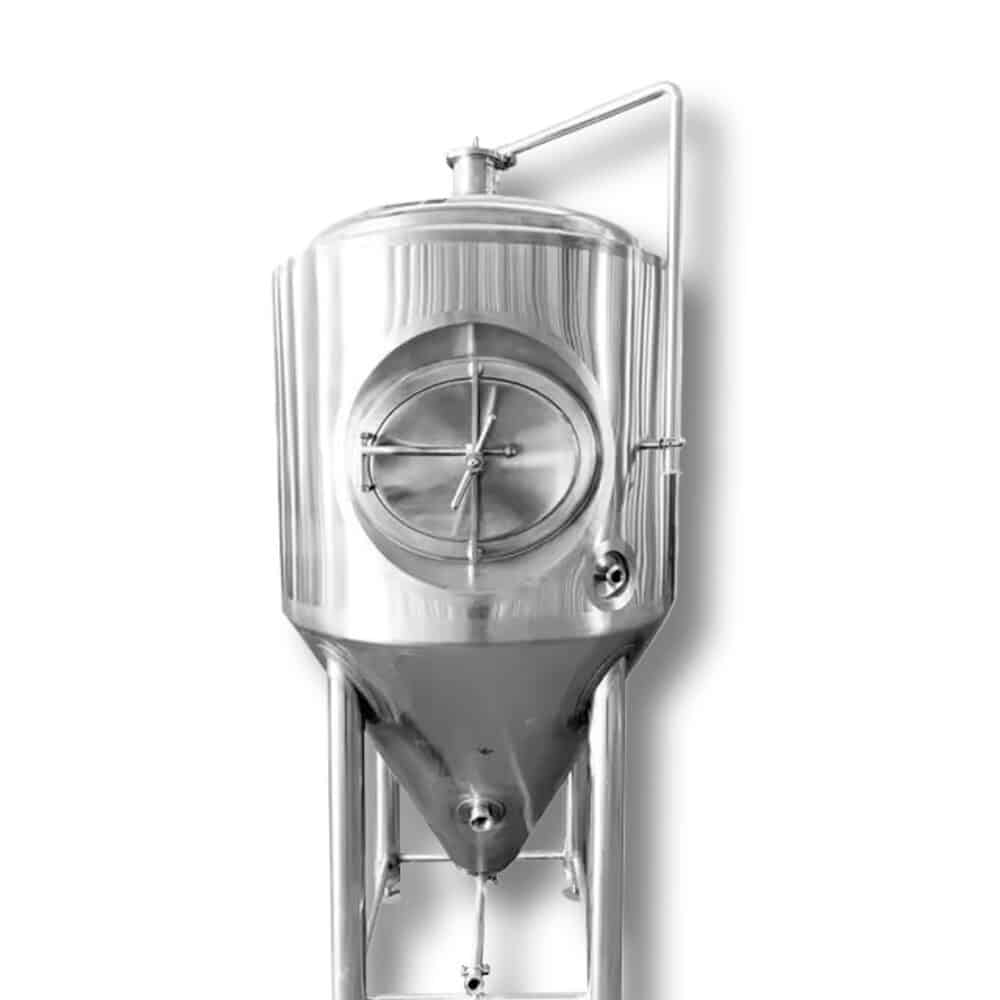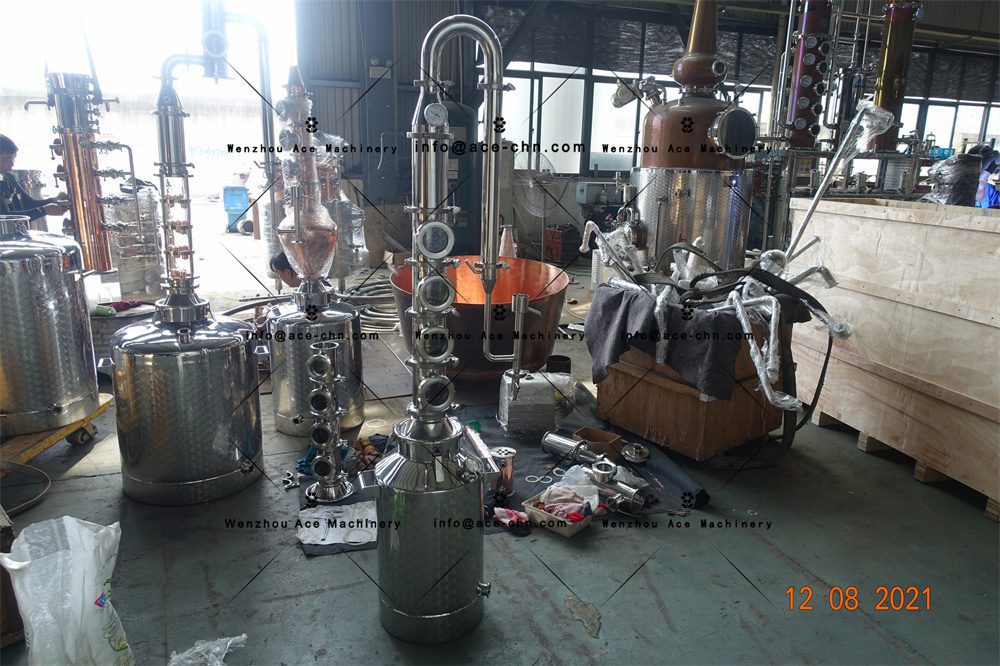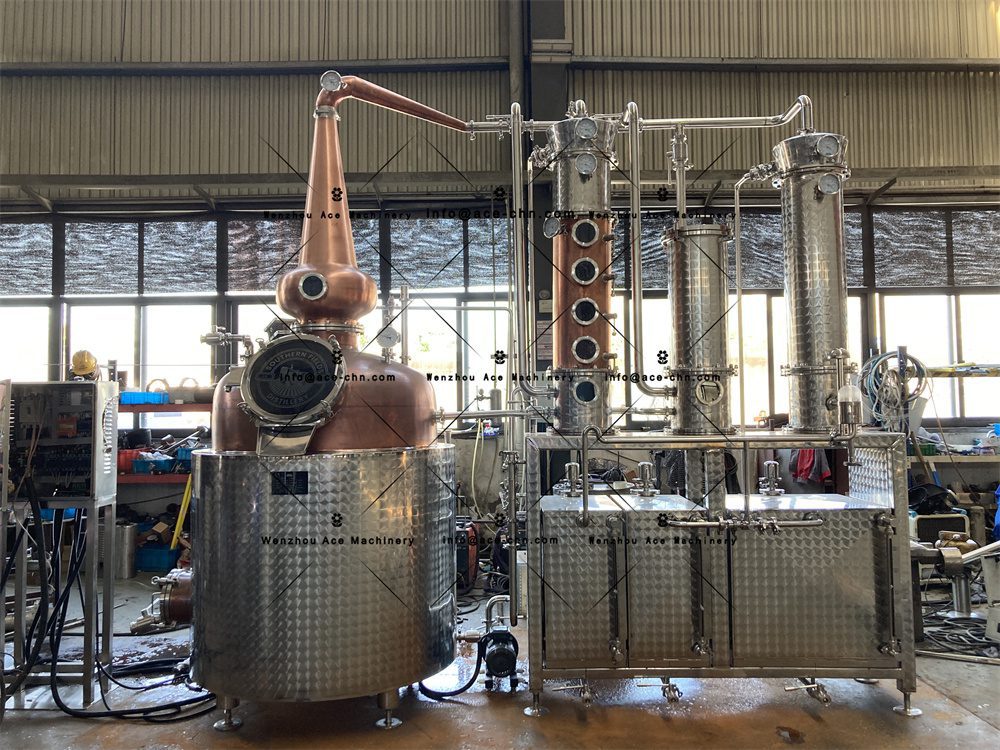A nanobrewery is a small-scale brewery that produces beer in batches of less than three barrels (93 gallons). Its name refers to its smaller scale of operation compared to microbreweries which may produce up to 15,000 barrels yearly.
Small breweries are often run by passionate home brewers who have turned their hobby into a business. They offer beer lovers a unique and personalised experience as they can experiment with different flavours and styles on a smaller scale.

The Brewing Process
Brewing process
The brewing process for a nanobrewery is similar to that of a larger brewery, but on a smaller scale. It involves four main steps: milling, mashing, boiling, and fermentation.
Milling
The first step in the brewing process is milling, where the grains are crushed to expose the starches inside. This can be done using a grain mill, which can be purchased at a homebrew supply store. The milled grains are then transferred to a mash tun.
Mashing
In the mash tun, the milled grains are mixed with hot water to create a mash. The mash is then heated to a specific temperature, typically between 148-158°F, to activate enzymes that convert the starches into fermentable sugars. This process takes about an hour and is crucial in determining the flavor and alcohol content of the beer.
Boiling
After the mash is complete, the liquid, known as wort, is transferred to a brew kettle where it is boiled for about an hour. During this time, hops are added to the wort to add bitterness, flavor, and aroma to the beer. The longer the hops are boiled, the more bitterness they will add to the beer.
Fermentation
Once the wort has been boiled, it is cooled and transferred to a fermentation vessel, where yeast is added. The yeast consumes the sugars in the wort and produces alcohol and carbon dioxide. The fermentation process can take anywhere from a few days to a few weeks, depending on the type of beer being brewed.
Equipment Needed for a Nanobrewery
Starting a nanobrewery requires a significant investment in equipment.
Here are the essential pieces of equipment you will need to get started:
Mash Tun

The mash tun is where the milled grains are mixed with hot water to create a mash. It is typically a large insulated vessel with a false bottom to separate the liquid from the grains.
Brew Kettle
The brew kettle is where the wort is boiled and hops are added. It is usually a large stainless steel pot with a lid and a spigot for transferring the wort.
Fermentation Vessels

Fermentation vessels are where the wort is transferred after boiling and yeast is added. They can be made of stainless steel, glass, or plastic and come in various sizes.
Cooling System
After the wort has been boiled, it needs to be cooled before it can be transferred to the fermentation vessel. A cooling system, such as a wort chiller, is essential for this step.
Cleaning and Sanitizing Equipment
Proper cleaning and sanitizing of equipment is crucial in the brewing process to prevent contamination and off-flavors in the beer. This includes brushes, cleaners, and sanitizers.
Bottling or Kegging Equipment
Once the beer has finished fermenting, it needs to be bottled or kegged for consumption. This requires additional equipment such as bottles, caps, a capper, or kegs and a kegging system.
Benefits of Starting a Nanobrewery
Starting a nanobrewery has many benefits, including:
Low Start-Up Costs
Compared to larger breweries, the start-up costs for a nanobrewery are relatively low. This makes it an attractive option for home brewers looking to turn their hobby into a business.
Flexibility and Creativity
As a nanobrewery owner, you have the freedom to experiment with different flavors and styles of beer. This allows for a more personalised and unique experience for your customers.
Local Support
Nanobreweries often have a strong local following, as they offer a more intimate and personalised experience for beer lovers. This can lead to a loyal customer base and support from the local community.
Challenges of Starting a Nanobrewery
While starting a nanobrewery has its benefits, there are also some challenges to consider, including:
Limited Production Capacity
Due to the small size of a nanobrewery, production capacity is limited. This can make it difficult to keep up with demand, especially during peak seasons.
Marketing and Distribution
Marketing and distribution can be a challenge for nanobreweries, as they often have limited resources and rely on word-of-mouth and local support. This can make it difficult to reach a wider audience and expand the business.
Regulatory Requirements
Like any business, nanobreweries must comply with local, state, and federal regulations. This includes obtaining the necessary licenses and permits, which can be a time-consuming and costly process.
Starting a nanobrewery with the right equipment, you can turn a hobby into a successful business!
















